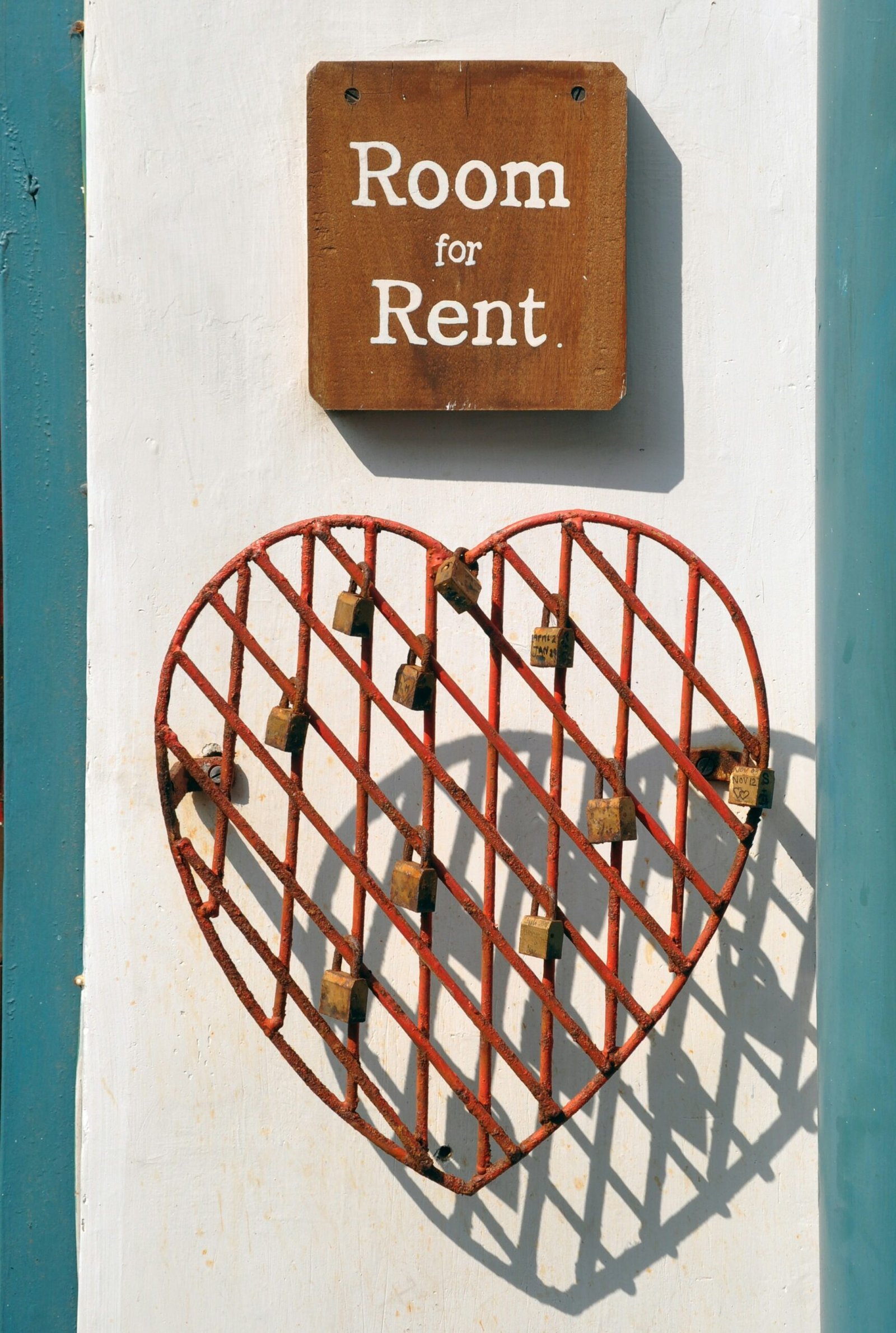
Can I Pay for a Rental Property Using Multiple Payment Methods?
When it comes to paying for a rental property, there are several options available to tenants. While the most common method is to pay using a single payment method, such as cash, check, or bank transfer, some landlords may be open to accepting multiple payment methods. In this blog post, we will explore whether it is possible to pay for a rental property using multiple payment methods and discuss the potential benefits and drawbacks of doing so.
Many landlords prefer to receive rent payments through a single payment method as it simplifies their bookkeeping and reduces the chances of errors or miscommunication. However, there are situations where tenants may have valid reasons for wanting to use multiple payment methods. For example, a tenant might have a portion of their rent automatically deducted from their paycheck and want to pay the remaining balance using a different method. Alternatively, a tenant might have multiple sources of income and prefer to split the rent payment across different payment methods.
Before attempting to pay for a rental property using multiple payment methods, it is crucial to communicate with the landlord and discuss their preferences and any potential concerns they may have. Some landlords may be open to accommodating multiple payment methods if it suits their needs and does not create additional administrative burdens. Others may have strict policies in place and only accept rent payments through a single method.
If a landlord agrees to accept multiple payment methods, it is essential for tenants to keep accurate records of each payment and clearly communicate which portion of the rent each payment covers. This will help avoid any confusion or disputes in the future. Additionally, tenants should ensure that they are aware of any fees or charges associated with each payment method, as this could impact the overall cost of renting the property.
One potential benefit of paying for a rental property using multiple payment methods is increased flexibility. By having the option to split the rent payment across different methods, tenants can better manage their finances and allocate funds from different sources as needed. This can be particularly useful for individuals with irregular income or those who receive payments from various sources.
However, there are also potential drawbacks to consider. Using multiple payment methods can add complexity to the rent payment process and may require additional time and effort to manage. It is crucial for tenants to stay organized and ensure that each payment is made on time and accurately recorded. Failure to do so could result in late fees or other penalties imposed by the landlord.
In conclusion, while it is possible to pay for a rental property using multiple payment methods, it is essential to have open communication with the landlord and consider the potential benefits and drawbacks. Tenants should carefully evaluate their own financial situation and needs before deciding to use multiple payment methods, and ensure that they can effectively manage the process to avoid any complications or issues with the landlord.
If you are interested in paying with multiple payment methods, it is essential to communicate with your landlord or property management company beforehand. They will be able to provide you with information on their preferred payment methods and any flexibility they may have in accepting multiple forms of payment.
In today’s digital age, many landlords are becoming more open to accepting various payment methods to accommodate the diverse needs of their tenants. Traditional methods such as cash, checks, and bank transfers are still widely accepted, but with the rise of online payment platforms, tenants now have more options than ever before.
One popular payment method that has gained popularity in recent years is mobile payment apps. These apps allow tenants to make payments directly from their smartphones, providing a convenient and secure way to pay rent. With just a few taps on their screens, tenants can transfer funds from their bank accounts or credit cards to their landlord’s account, eliminating the need for physical checks or cash.
Another payment method that has gained traction is the use of digital wallets. Digital wallets, such as Apple Pay, Google Pay, or PayPal, allow tenants to store their payment information securely and make quick and easy transactions. By simply linking their bank accounts or credit cards to their digital wallets, tenants can make payments with just a few clicks, without the need to enter their payment information every time.
Additionally, some landlords have started accepting cryptocurrency as a form of payment. While still relatively uncommon, this trend is slowly gaining momentum as more people embrace digital currencies like Bitcoin and Ethereum. By accepting cryptocurrency, landlords can tap into a global market of potential tenants who prefer to transact using these digital assets.
However, it is important to note that not all landlords are comfortable with accepting multiple payment methods. Some may have concerns about the security and reliability of certain payment options, while others may simply prefer to stick with traditional methods they are familiar with. Therefore, it is crucial to have open and honest communication with your landlord to determine what payment methods they are willing to accept.
In conclusion, the acceptance of multiple payment methods for rental properties is becoming more common, but it ultimately depends on the landlord’s preferences and policies. If you are interested in paying with multiple payment methods, it is best to discuss this with your landlord or property management company to ensure that you can find a mutually agreeable solution.
In conclusion, paying for a rental property using multiple payment methods offers numerous benefits. From convenience and rewards to improved budgeting and enhanced security, using multiple payment methods can provide tenants with greater flexibility and peace of mind. Whether it’s to take advantage of rewards programs, manage finances more effectively, or ensure payment reliability, diversifying payment options can be a smart strategy for renters.
Potential Drawbacks of Paying with Multiple Payment Methods
While there are potential benefits, there are also some drawbacks to consider when paying with multiple payment methods:
- Complexity: Managing multiple payment methods can add complexity to your financial management. It may require additional time and effort to keep track of multiple transactions and ensure that each payment is made on time. This can be especially challenging if you have multiple bills or expenses to manage simultaneously. With each payment method having its own due dates and payment processes, it is crucial to stay organized and avoid any potential late payments or missed deadlines.
- Transaction Fees: Some payment methods, such as credit cards or online payment platforms, may charge transaction fees. If you choose to split your rental payment across multiple payment methods, you may incur additional fees, reducing the overall cost-effectiveness of this approach. For example, if you decide to pay a portion of your rent with a credit card, you may be subject to high-interest rates or annual fees, ultimately increasing the total amount you have to pay.
- Landlord Restrictions: Even if you are open to paying with multiple payment methods, your landlord may have restrictions in place. They may only accept certain payment methods or prefer a single payment method for their own convenience and record-keeping purposes. Some landlords may only accept cash or checks, while others may require direct bank transfers. It is essential to communicate with your landlord to understand their preferred payment method and ensure that you comply with their requirements.
- Security Risks: Using multiple payment methods can expose you to additional security risks. Each payment method may have its own security measures, and it is crucial to ensure that your personal and financial information is protected. With the rise of online fraud and identity theft, it is essential to be cautious when sharing your payment details across multiple platforms. Additionally, if you have multiple accounts and payment methods, it can be challenging to monitor and detect any unauthorized transactions or suspicious activities.
- Record-Keeping: Managing multiple payment methods can make it more challenging to maintain accurate and organized financial records. With each payment method having its own transaction history and statements, it can be time-consuming to reconcile all the information and keep track of your expenses. This can create difficulties when it comes to budgeting, tax filing, or any other financial analysis.
Tips for Paying with Multiple Payment Methods
If you have decided to pay for your rental property using multiple payment methods, here are some tips to help you navigate the process:
- Communicate with Your Landlord: Before making any payment arrangements, communicate with your landlord or property management company. Discuss your intentions and ensure that they are open to accepting multiple payment methods. It is important to establish clear communication and mutual agreement to avoid any misunderstandings or conflicts in the future.
- Keep Detailed Records: To avoid confusion or disputes, keep detailed records of each payment made. This includes the payment method used, the date of payment, and any transaction or reference numbers provided by the payment provider. Having organized records will not only help you track your payments but also provide evidence in case of any discrepancies or issues that may arise.
- Consider Transaction Fees: Take into account any transaction fees associated with each payment method. While some payment methods may offer convenience, they may also come with additional costs. Calculate the total cost of using multiple payment methods to determine whether the benefits outweigh the additional fees. It is essential to weigh the pros and cons of each payment method to make an informed decision.
- Automate Payments: If possible, set up automatic payments for each payment method to ensure that your rental payments are made on time. This can help simplify the process and reduce the risk of missing a payment. Automating payments can provide peace of mind, knowing that your rent will be paid promptly without having to manually initiate each transaction.
- Review Your Financial Situation: Before deciding to split your rental payment across multiple payment methods, review your financial situation. Ensure that you have sufficient funds available in each payment method to cover your portion of the rent. It is crucial to assess your income, expenses, and financial obligations to determine if using multiple payment methods is feasible and sustainable in the long run.
- Monitor Security and Privacy: When using multiple payment methods, it is essential to prioritize security and privacy. Ensure that each payment method you choose is secure and offers protection against fraud or unauthorized access. Regularly monitor your accounts and statements to detect any suspicious activity promptly. Additionally, be cautious when sharing personal or financial information online to prevent identity theft or fraud.
- Regularly Evaluate and Adjust: As your financial situation or preferences change, regularly evaluate and adjust your payment methods. Periodically review the effectiveness and convenience of using multiple payment methods for your rental payments. If necessary, make adjustments to streamline the process or explore alternative payment options that better suit your needs.




